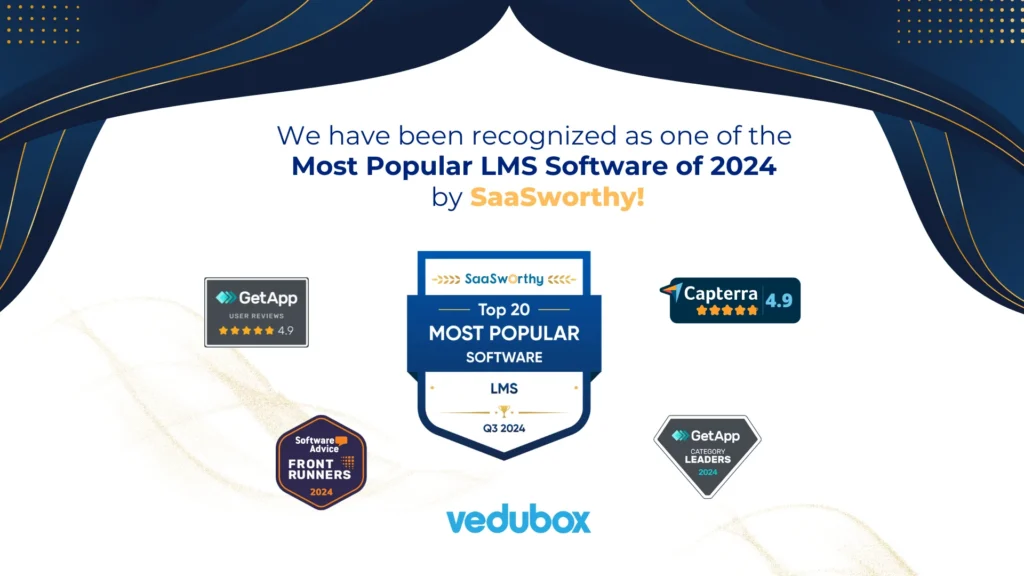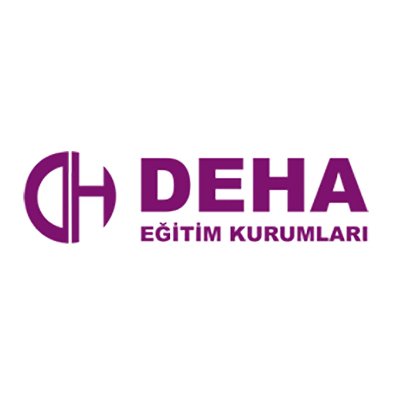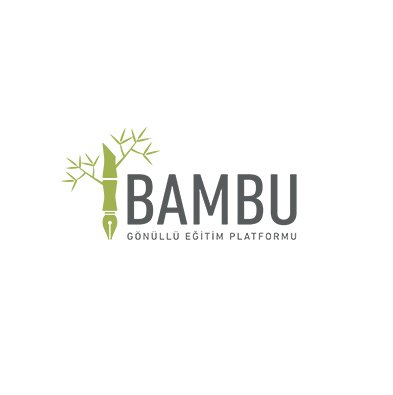LMS software is generally divided into two ‘open source’ and ‘commercial’. While some of the companies using LMS prefer open source LMS, some of them prefer commercially used ones.
Open source LMS software is provided free of charge, developed and distributed by multiple users. The need and demand for LMS’s used in this way have led to an increase in the number of these systems.
When we look at the usage areas of Open Source Coded LMS, we can see that they are mostly used by schools, universities and institutes, of course, they are also used by corporate companies, but to make a comparison, it corresponds to a low percentage. Some companies that develop LMS; They can customize open source LMSs, make them commercial and make them available.
These softwares, which are mostly compatible with the SCORM structure, are offered free of charge. In order to use these softwares, it is often necessary to install additional programs and databases of the relevant application on the computers.
Popular Open Source LMS’s
‘Moodle’ is the most well-known product among Open Source LMS’s, but other open source LMS’s listed below are also used around the world. We will give brief information about these products below:
Moodle
Moodle is used in different countries and provides multi-language support. Moodle is an open source system managed based on PHP. Despite its advantages, Moodle is a system that requires technical knowledge, and since it is a free system, there are problems in getting technical support.
Efront
One of the preferred features or methods today is the integration of LMSs with social networks, which have an important place in our daily lives. The efront product also works in integration with the Facebook application, which is one of these social networks and allows users to log into the system through their own Facebook accounts. Although this feature seems to be an advantage in terms of system and integration, most companies will not be willing to integrate their LMS and individual Facebook accounts of their employees.
Sakai LMS
Sakai LMS; It is a type of open source LMS developed by some academies, NGOs and individual software developers. It is preferred by many universities and non-profit organizations around the world. However, Sakai LMS is difficult to set up and manage and has shortcomings in conference systems.
Olat
Olat is a platform developed at the University of Zurich, mostly focused on education, training and evaluation in universities. There are shortcuts and tools optimized for the visually impaired. The lack of video conferencing integration and mobile application support are among the important disadvantages of the system.
ATutor
Atutor LMS is an LMS that provides a synchronous chat environment, video and teleconference, forum and calendar features. It is a platform that is stated to be very easy to use and has a modular structure. This LMS is not advanced enough in terms of mobile application and support.
OpenEdx
OpenEdx LMS stands out as an open source initiative of universities such as Harvard, MIT and Google. It has gained popularity recently and has come to the fore with its quality infrastructure. OpenEdx LMS is weak in evaluation options such as surveys and exams.
Is Open Source LMS Customizable / Does It Have Limitations?
As we mentioned at the beginning of our article, open source LMSs are products developed and distributed by different users, so such products can be customized by easily accessing the source codes. Again, as we mentioned before, thanks to this customization structure, different software developers can make the application commercial by creating different products by customizing these free products.
Most of these products have a free cloud version, they are generally preferred because they are compatible with SCORM technology. Since they can be customized, the training module, which is one of the minimum expectations of the users on the LMS, offers many features such as survey and exam creation to its users. Since it can be developed by different people, video conferencing, virtual classrooms and similar features can be integrated into these features.
Since these products can be customized, it can be thought that theoretically there are no restrictions and suitable for every requester, but like every product, open source LMS’s also have weaknesses and difficulties.
Let’s move on to the most preferred ‘Moodle LMS’ as an example, although Moodle has a lot of users around the world, it is a bit more difficult to use than other LMS. If you want to use this platform in your institution, you will have to spend much more time on education and research. In addition, companies using LMS can request very detailed reports, which are expected to contain much more data to present to senior management. Although basic reporting interfaces are available on Moodle, it is known that there are problems with detailed reporting.
In addition, there are comments that open source LMSs are difficult to install and manage. Compared to a commercial LMS, there are also technical deficiencies in products that are used more and more today, especially video conferencing and virtual classrooms. Especially corporate companies give great importance to the ‘Assessment’ tools on the LMS, most banks carry out their promotion exams on LMSs. While open source LMSs are somewhat weak in evaluation options, they can also create a question mark in terms of security from time to time, as they are used by different developers. This can cause companies to approach Open Source LMS with suspicion.
LMSs are applications that should receive updates throughout the year, since Open Source LMSs are developed by different developers, they may be weak in terms of periodic security and content updates.
Check out all the details about Vedubox’s Reports module specially developed for managers.
Which Should You Prefer?
As we mentioned at the beginning of the article, Open Source Coded LMSs are preferred by schools, universities and institutes that expect their expectations to be met at the minimum level on the LMS side. Today, corporate companies tend to prefer commercial LMSs for the reasons we have mentioned above.
With its advanced server security, exam system integrated into the advanced question bank system, easy to use and easy to manage interface, Vedubox responds to the needs of universities and NGOs as well as corporate companies in particular and more. Open Source LMSs are somewhat messy in appearance, on the contrary, Vedubox has no annoying and distracting tabs and icons. It has the ability to present the features created by the combination of different developers in Open Source Coded LMSs in a single integrated LMS as Vedubox.
While these advantages are offered compared to Open Source Coded LMS, Vedubox comes up with a structure that has been developed in a unique way and new features are added to the system constantly, but faithfully to the interface and the original system.
It is very natural for each company or institution to prefer different LMS types for their demands and expectations, but if you want to get updates by performing your operations on advanced server security annually and manage in a more complex system by avoiding possible risks, then Open Source Coded LMS and what it offers may not be for you. In this case, it would be appropriate to offer it to ‘Commercial’ LMSs that offer a more integrated and secure system. Check out our article on ‘Why Vedubox? The True Cost of an LMS’.
You can visit Vedubox demo request to try Vedubox, Turkey’s leading all-in-one online education, LMS platform. You can also access our blog, where we share useful content about online education, via the Vedubox blog.



















